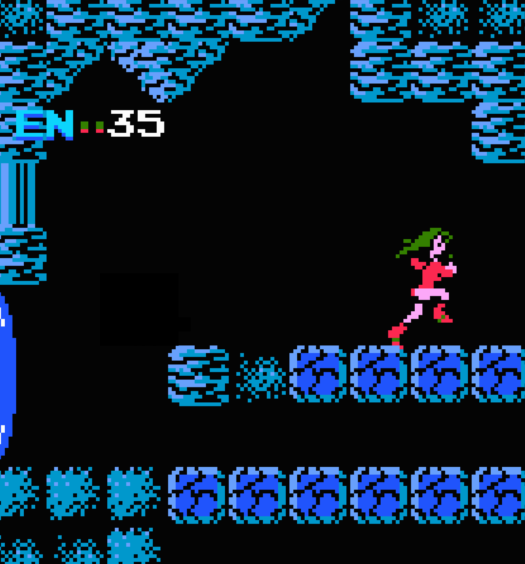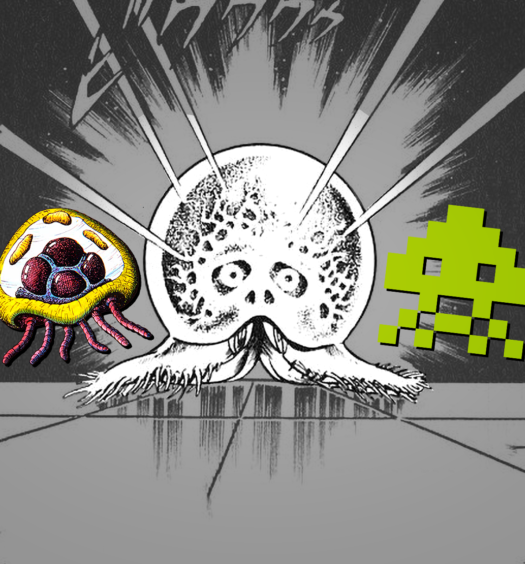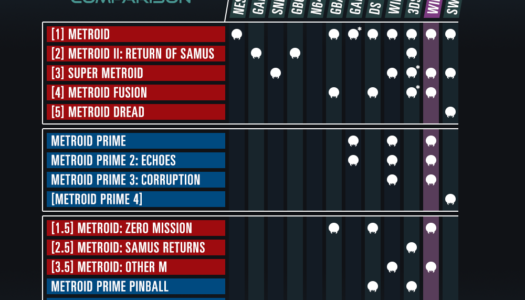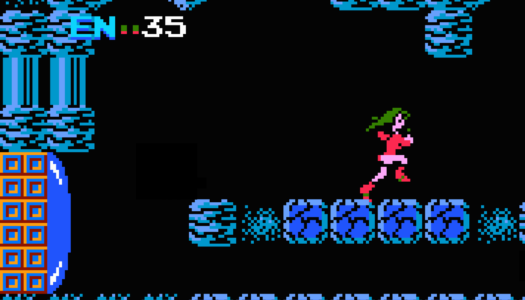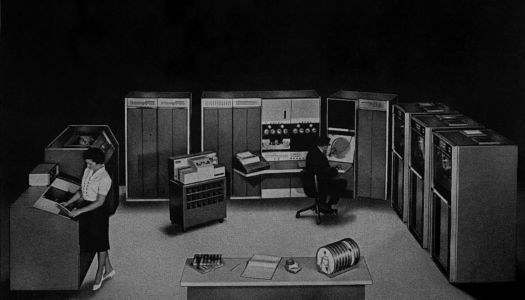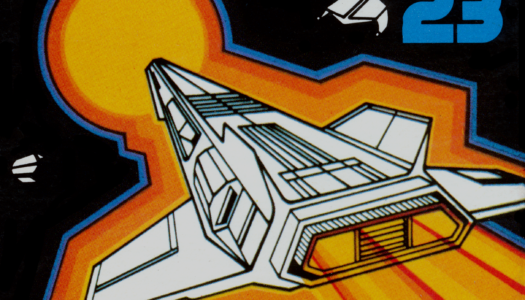Video Dames: The History Of Playable Female Protagonists
- What is Video Dames?
- What video games were the first to feature playable human sprites?
- What video games were the first to feature playable female characters?
This is a transcript of the video above. The article version contains only a fraction of the visuals; I recommend watching the video for the full experience.
Between 1980 and 1989…
…the number of unique video game titles released in America on computers, home consoles or in arcades totalled over 8,000. The exact number is uncountable.
So stands to reason that the number of playable female protagonists would be similarly uncountable, but there were 84. And I’m going to tell you about each and every one.
In this 50-part series, I’ll spend each episode focusing on a specific character or game, diving deep into their history and explaining how they fit into the wider context of ‘80s pop culture.
You might call this excessive. I call it: Video Dames.

But first we need to set some ground rules.
Rule #1: the character must be playable. This means no NPCs or villains, even if their name is in the title.
Rule #2: the character must be original to video games. No licensed properties or public domain characters, though I’ll do a special episode about those later.
Rule #3: the character must have a name. A lack of a name — with a few exceptions — generally indicates a lack of thought put into the character, which leaves me with a lack of anything to talk about. But sometimes a name is all it takes to magically transform a simple sequence of pixels into a full-blown protagonist.
I should also note that because I’m approaching this from an American perspective, I’ll only be covering games that were released in the U.S., because we don’t care what happens in the rest of the world. I’m just kidding. Only *most* of us don’t care what happens in the rest of the world. But I won’t let them stop me from doing a few specials about Dames America missed out on.
But before we jump into the ‘80s, I need to catch you up on what happened in…the ‘70s.
Previously…
Humans didn’t exist in the earliest video games. You controlled spaceships, or simple dots. The only on-screen human was your own reflection.
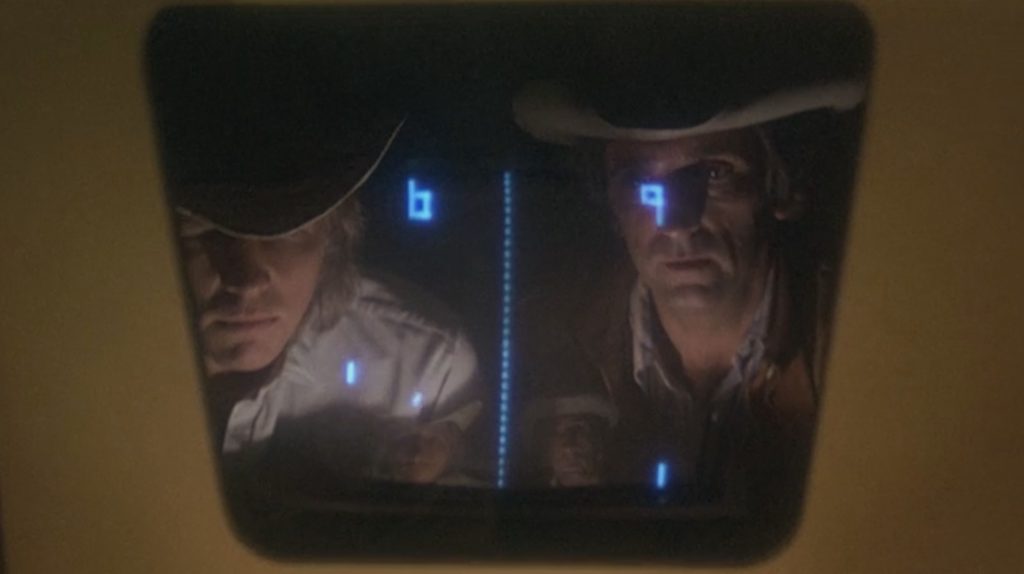
But if you were one of the lucky few with access to a GT40 vector display running a tough-as-nails computer simulation called Moonlander (1973), and if you could figure out how to successfully land the thing, you were in for quite a surprise from this particular spaceship: the first human-shaped sprite. The only catch is that you weren’t in control once he left the ship.
The first *playable* human sprites appeared in Taito’s Basketball (1974), designed by future Space Invaders creator Tomohiro Nishikado. But as you can see, these people were little more than human-shaped Pong-paddles. They lacked movement.
Nishikado rectified this with Western Gun (1975), the first game to feature a walking animation.
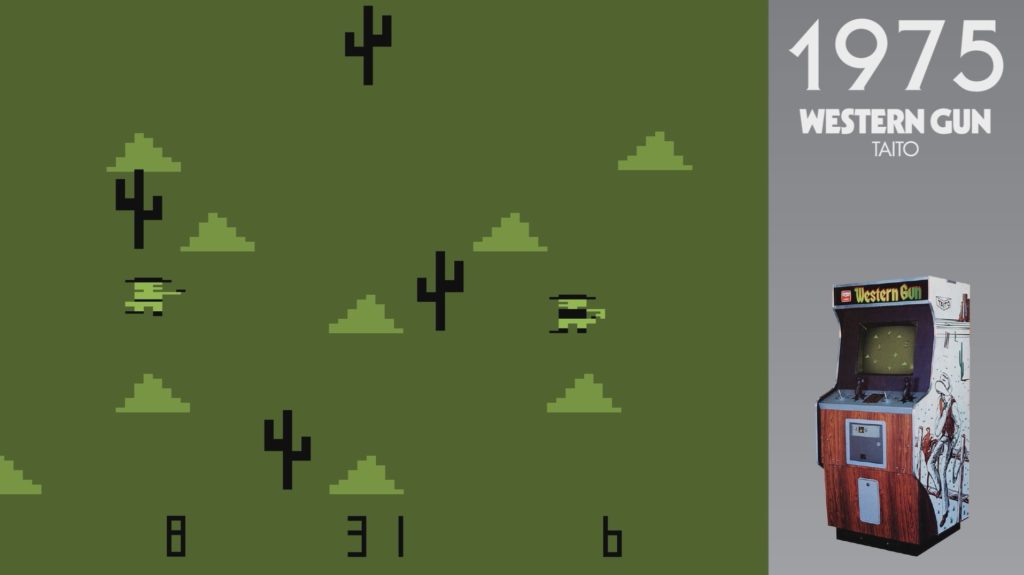
That same month, Atari released Shark JAWS (1975), the first game with a swimming animation.
The first and only game in the ‘70s to feature *female* sprite was Exidy’s Score (1977). Unfortunately, no footage or screenshots of the game currently exist, so there’s no way to know what her sprite looked like.
I’m hoping a working cabinet will be found sooner than later, but in the meantime, let me tell you what I do know.
Exidy’s Score
Score was designed by Howell Ivy, based on an idea by Exidy’s President, the late Pete Kauffman. Ivy tells me the game was essentially a sprite swap of Destruction Derby (1975) and Death Race (1976), using the same logic board for the sake of economy.
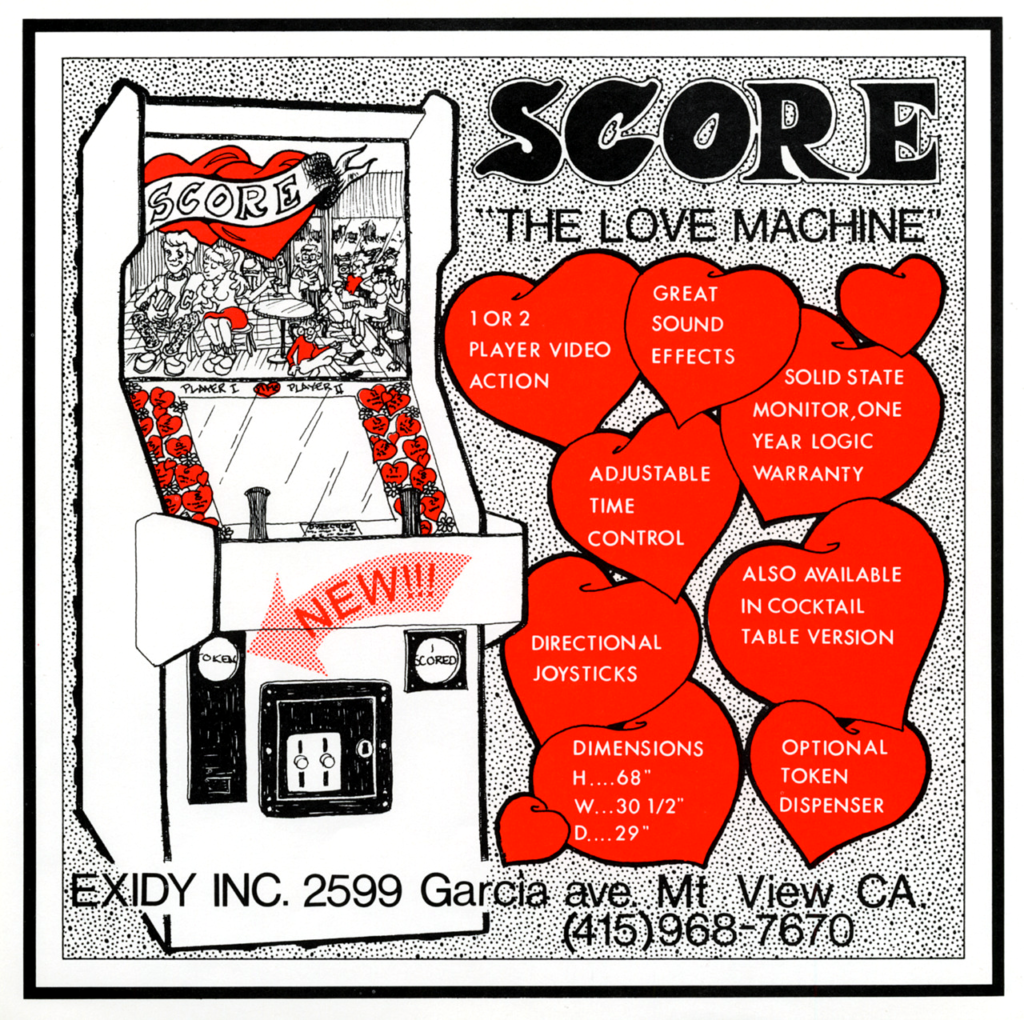
In Destruction Derby, the goal is to drive your car into as many computer-controlled cars as possible. Death Race made headlines by replacing the other cars with pedestrians — sorry, I mean gremlins — sparking the very first controversy over violence in video games.
Score replaced the tombstones with hearts, replaced the cars with humans, and replaced the gremlins with humans of the opposite gender. A switch located in between the two joysticks allowed you to choose whether the player character was male or female, making this the first game to include a gender option.
But what did the character sprites look like? If we want to understand the visual evolution of character sprites in the history of video games, the first playable female sprite is an essential piece. Without it, the puzzle remains forever unsolved…
If you enjoyed this, please consider supporting the site on Patreon!
Sources
- Videogame Nasty: The Media Vs. Death Race (Jun 2018)
- Magazines consulted: Cash Box, Play Meter, Replay
- Movie footage: Soylent Green (1973), Rancho Deluxe (1975)
- Other images from: Flyer Fever
SPECIAL THANKS: Cat DeSpira (Retro Bitch), Dale Geddes (QuarterPast), Larry Hutcherson, Howell Ivy, Jon Exidy Jamshid, Ethan Johnson (History Of How We Play), Alex Smith (They Create Worlds), Keith Smith (All In Color For A Quarter), and The Secret Writers Society.
MUSIC: “Into The Void,” “Night Dweller,” “Tyrell Corporation,” “Darkfall,” “Nexus 6,” “Night Of The Creeps” by Karl Casey @ White Bat Audio
Comments
Join the discussion on my Patreon page!

